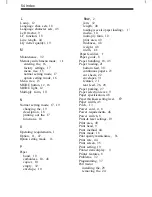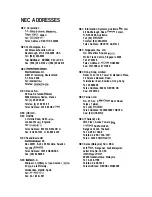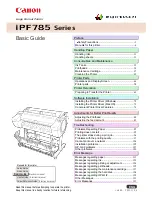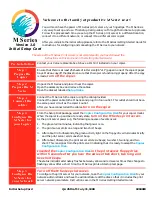
GLOSSARY
ASCII
American Standard Code for Information
This standard defines
character set codes that are used for data interchange between data terminal equip-
ment. This code defines 96 displayed characters (64 without lowercase) and 32
nondisplayed control codes in terms of 7 bits plus an eighth bit for parity check.
B
-Byte.
BASIC
Beginner’s All-purpose Symbolic Instruction Code. A popular programming
language that is available on most personal computers.
bidirectional printing
The printer prints a line from left to right, performs a line feed,
prints a line from right to left, and continues in this manner.
bit
A contraction for binary digit. Either a 1 or a 0 digit is used to code information
for computer systems.
buffer
An electronic memory where text is stored for processing by the printer.
Eight bits equal one byte.
condensed printing
or 20-pitch printing.
control code
A nonprintable ASCII code that is used to control a printer function.
cpi
Characters per inch. Also known as pitch.
deselected
A mode in which the printer cannot receive data from the host computer.
Also called offline mode.
dot mode
A mode in which each dot pin on the print head is individually addressed by
. software.
double-strike
A way of printing boldface characters. Each line is struck twice
by the print head.
DR Draft.
elongated printing
Double-width printing of characters.
enhanced printing
A way of printing boldface characters. The Pinwriter prints each
character a second time, the second character being spaced
inch to the right of
the first character.
font
A group of letters, numbers, punctuation marks, and symbols of a given size and
design, all with the same print weight.
hex dump
A feature which prints out, in hexadecimal form, data sent to the printer,
thus enabling you to troubleshoot and debug software problems.
horizontal enlargement
Double- or triple-width printing of characters.
H
Z
Herts. A unit of frequency equal to one cycle per second.






































